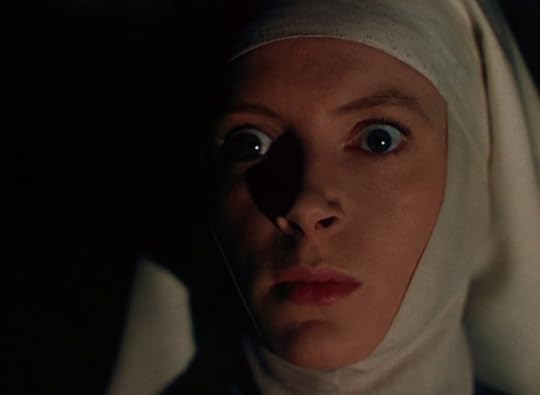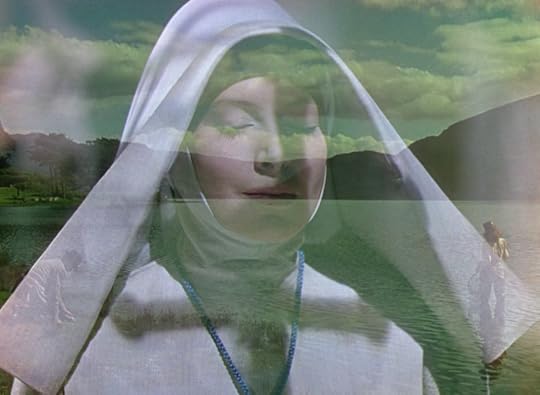What do you think?
Rate this book


224 pages, Paperback
First published January 1, 1939
"There are several ways," he said shyly, "in which I'm trying to improve myself. I have a great many books and records and now I'm learning to play golf. Do you know golf, Sister? The English think it's a very serious game. I was going to learn a much more serious game called cricket, but you need twenty two people..."
“Sometimes it seemed to him that the house had a bad wild life of its own; the impression of its evil lingered, in its name, in its atmosphere...”

'Mopu had run away with me, I was obsessed with it and the mountain and my work in the garden. Yes, I think I was really obsessed. There's something in this place, I don't trust myself here. I mean it when I say I daren't stay.'
'I think there are only two ways to live in this place,' said Sister Philippa, 'you must either live like Mr Dean or like the Sunnyasi; either ignore it completely or give yourself up to it.'



